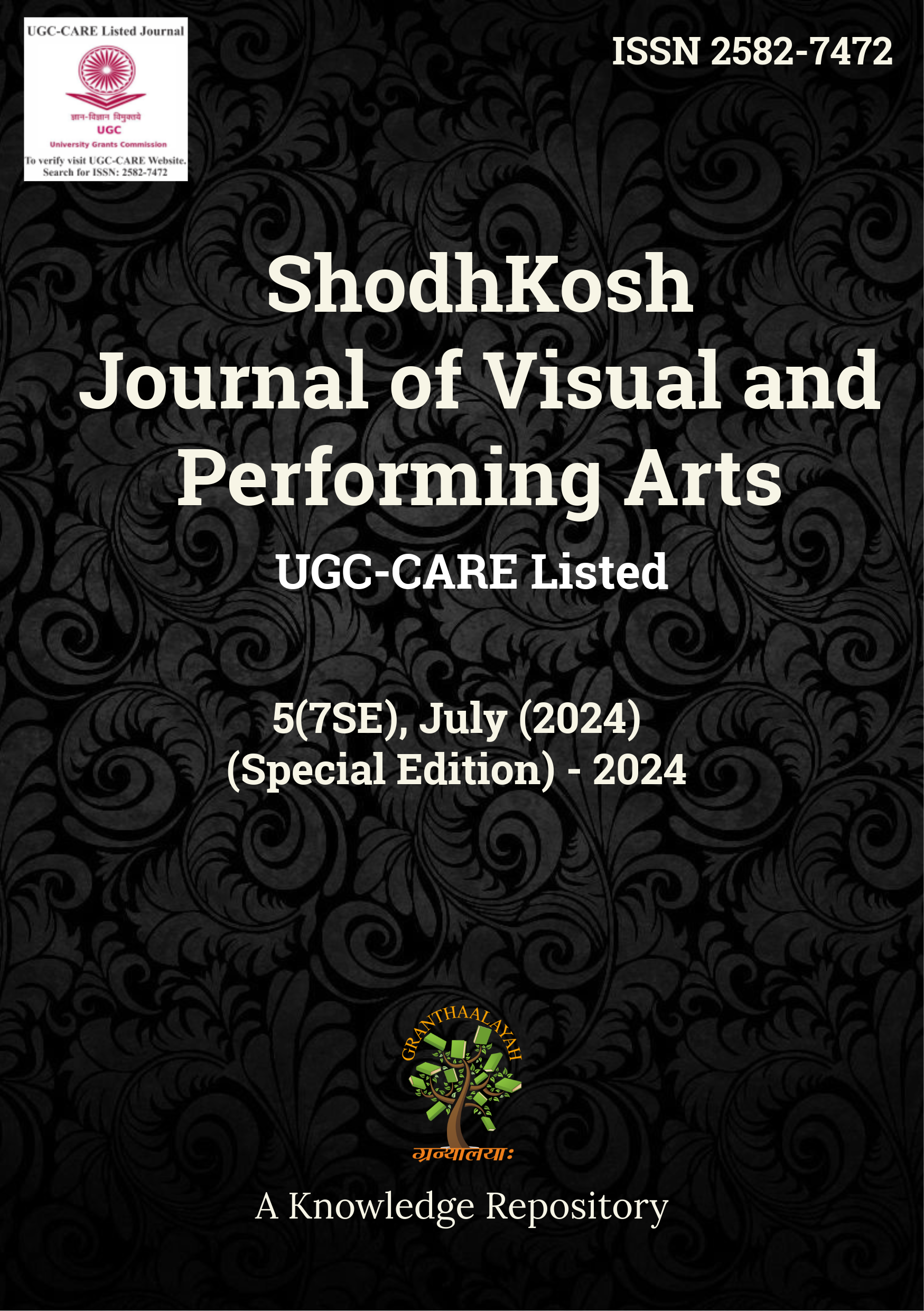WOMEN'S CRICKET IN INDIA: AN OVERVIEW
DOI:
https://doi.org/10.29121/shodhkosh.v5.i7SE.2024.5837Keywords:
Women, Cricket, IndiaAbstract [English]
Women's cricket in India has failed to make a mark at international level. Some of the hurdles in the popularization and development of women's cricket in India are discrimination in the availability of facilities, financial benefits, awards, the number of matches played and failure in promotion of cricket for women at the school level. Furthermore, adequate attention is not given to cricket at the college/university level. The study will help to plan the strategies to overcome the problems of women's cricket in India through improving its status by creating awareness regarding the game. The study will inspire schools, colleges and private cricket academies to increase their role for the development of women cricket by providing separate facilities, equipment, qualified coaches and necessary provisions for women cricketers. The study will bring awareness to the governing bodies at various levels and encourage them to change their attitude towards women's cricket.
References
Canaway, I. (2005), “Learn how to play great cricket,” U.K.
Khajuria, A. and Melton, S. (2010), “The correlation between back strength and leg strength among Indian Inter-University male cricketers,” Original empirical article,Vol. 8(2) pp 125- 132.
Koley, S. Kanupriya, K. (2010), “An Evaluation of Anthropometric characteristics in Indian Inter-University Female cricketers,” Original empirical article, Vol. 9(3) pp 110-123.
Neetu (2000), “Relationship between selected anthropometric measurement and performance of women cricket players,” Unpublished Ph.D. Thesis, Delhi University, Delhi.
Srivastava, A. K. (2007), “Teach Yourself Cricket,” Sports Publication, New Delhi.
Downloads
Published
How to Cite
Issue
Section
License
Copyright (c) 2024 Dr. Laxmikanthrao

This work is licensed under a Creative Commons Attribution 4.0 International License.
With the licence CC-BY, authors retain the copyright, allowing anyone to download, reuse, re-print, modify, distribute, and/or copy their contribution. The work must be properly attributed to its author.
It is not necessary to ask for further permission from the author or journal board.
This journal provides immediate open access to its content on the principle that making research freely available to the public supports a greater global exchange of knowledge.































